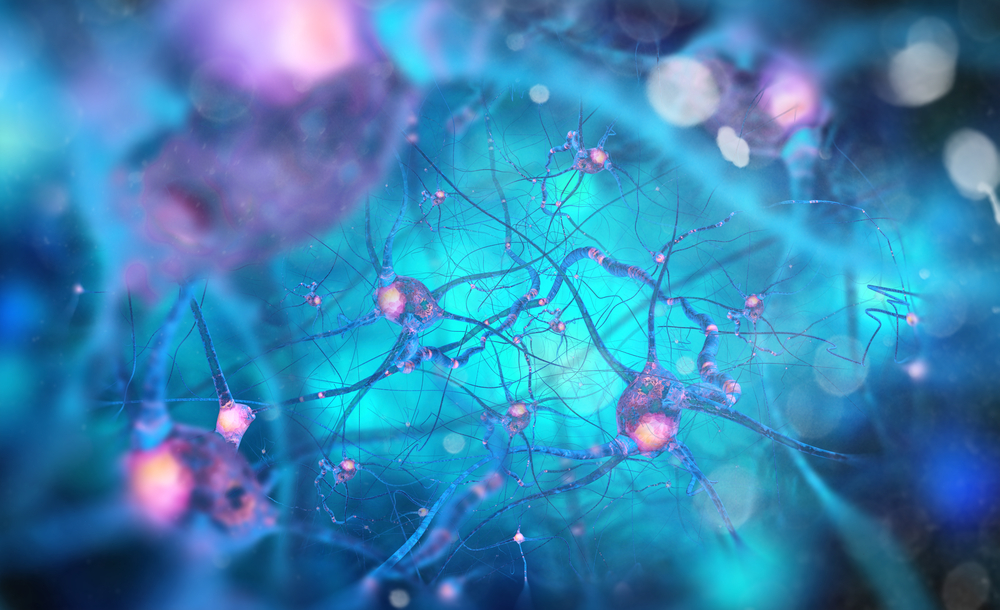Mutation in TSC2 Gene Linked to Low FMRP Protein Levels in Early Study

A mutation in the TSC2 gene leads to lower-than-usual levels of the fragile X mental retardation protein (FMRP) and its nerve cell targets, and might be of relevance to autism spectrum-related genetic disorders like fragile X, researchers report.
Their study, “Purkinje cells derived from TSC patients display hypoexcitability and synaptic deficits associated with reduced FMRP levels and reversed by rapamycin,” was published in the journal Molecular Psychiatry.
Abnormalities in the cerebellum — the part of the brain responsible for voluntary movement — are linked to cases of autism spectrum disorders (ASD). Patients with ASD also exhibit a loss of cerebellar Purkinje cells, which are the main neurons, or nerve cells, of the cerebellum’s cortex.
Tuberous sclerosis complex (TSC) is a rare condition marked by benign tumors in multiple organs, and is caused by a complete loss of the TSC1 or TSC2 protein. Approximately 50% of TSC patients develop autism spectrum disorder. Studies in patients and mouse models also show that TSC1 or TSC2 proteins may play a role in Purkinje cell dysfunction, and subsequent ASD development.
Researchers used stem cells taken from TSC patients’ blood or skin cells, and differentiated — or gradually matured — them into neural progenitor cells and, finally, Purkinje cells. They then compared these cells with Purkinje cells from an unaffected group (parents or gender-matched controls), and with cells whose TSC mutation was corrected by CRISPR-Cas9 gene editing.
“We saw changes,” Mustafa Sahin, MD, director of the Translational Research Center at Boston Children’s Hospital and the study’s lead author, said in a press release. “The cells are bigger and fire less than control cells — exactly what we see in the mouse model.”
TSC2-deficient Purkinje cells had significantly lower levels of the FMRP protein — the protein whose absence or low levels are responsible for fragile X syndrome — as well as low levels of two proteins important in neuron-to-neuron communication: synaptophysin and a glutamate receptor protein.
TSC2-deficient Purkinje cells also showed an usually active cell growth pathway called mTOR, involved in numerous cellular activities. These cells also failed to properly differentiate, showed signaling problems, and had a poorer activation ability compared to cells from the healthy control group.
Importantly, the researchers showed that treating these cells with rapamycin, an mTOR inhibitor or blocker, was able to correct the problems seen in Purkinje cell differentiation, signaling, and lack of activation.
“Our cellular data suggest that mTOR inhibitors may be beneficial for the rescuing of the developmental deficits of the cerebellum, especially of PCs [Purkinje cells], and could improve the formation of functional signaling network in the brain,” the researchers wrote.
The team is hoping to use this approach to more closely study ASD-related genetic disorders including fragile X, and to test potential treatments against them.






